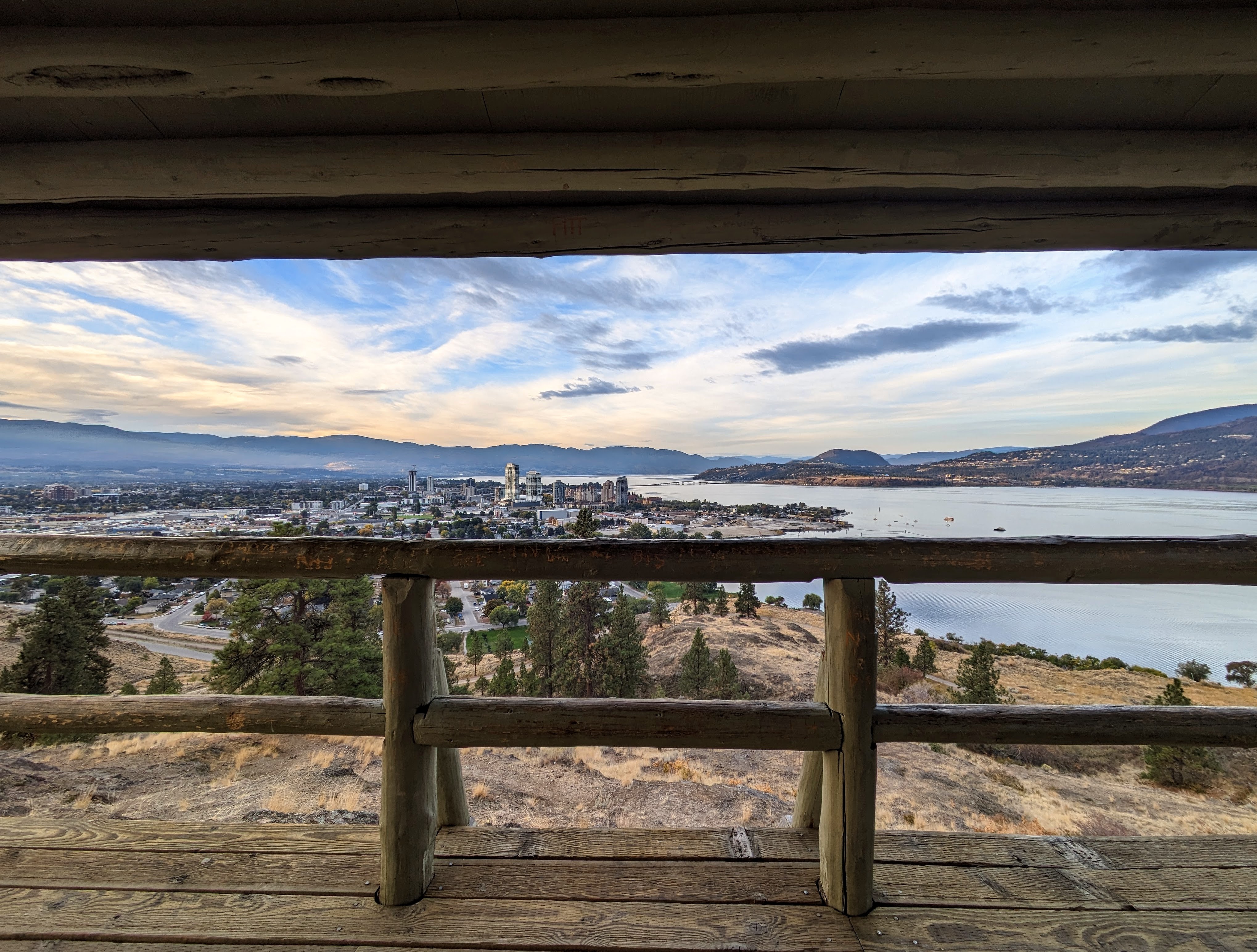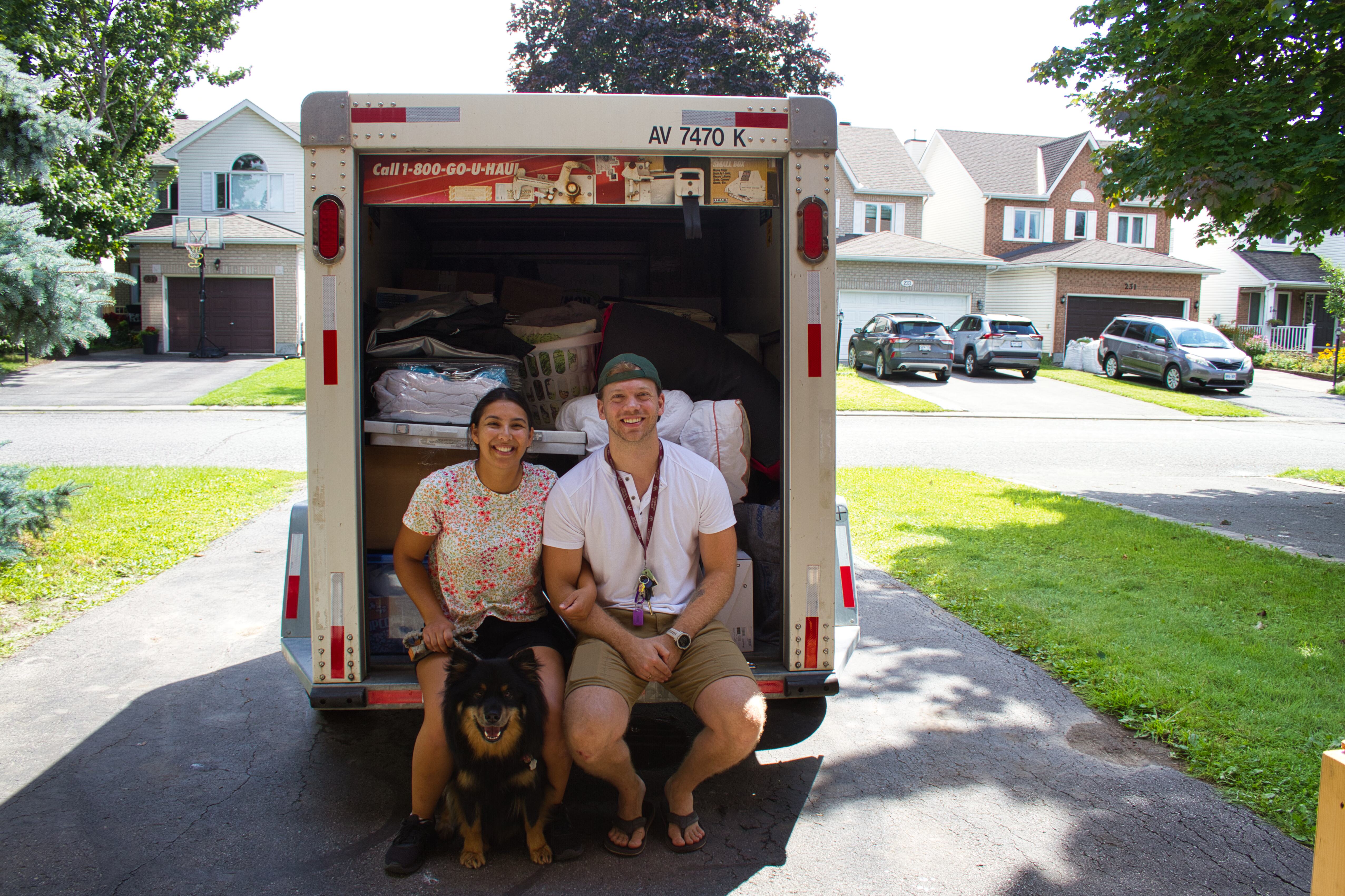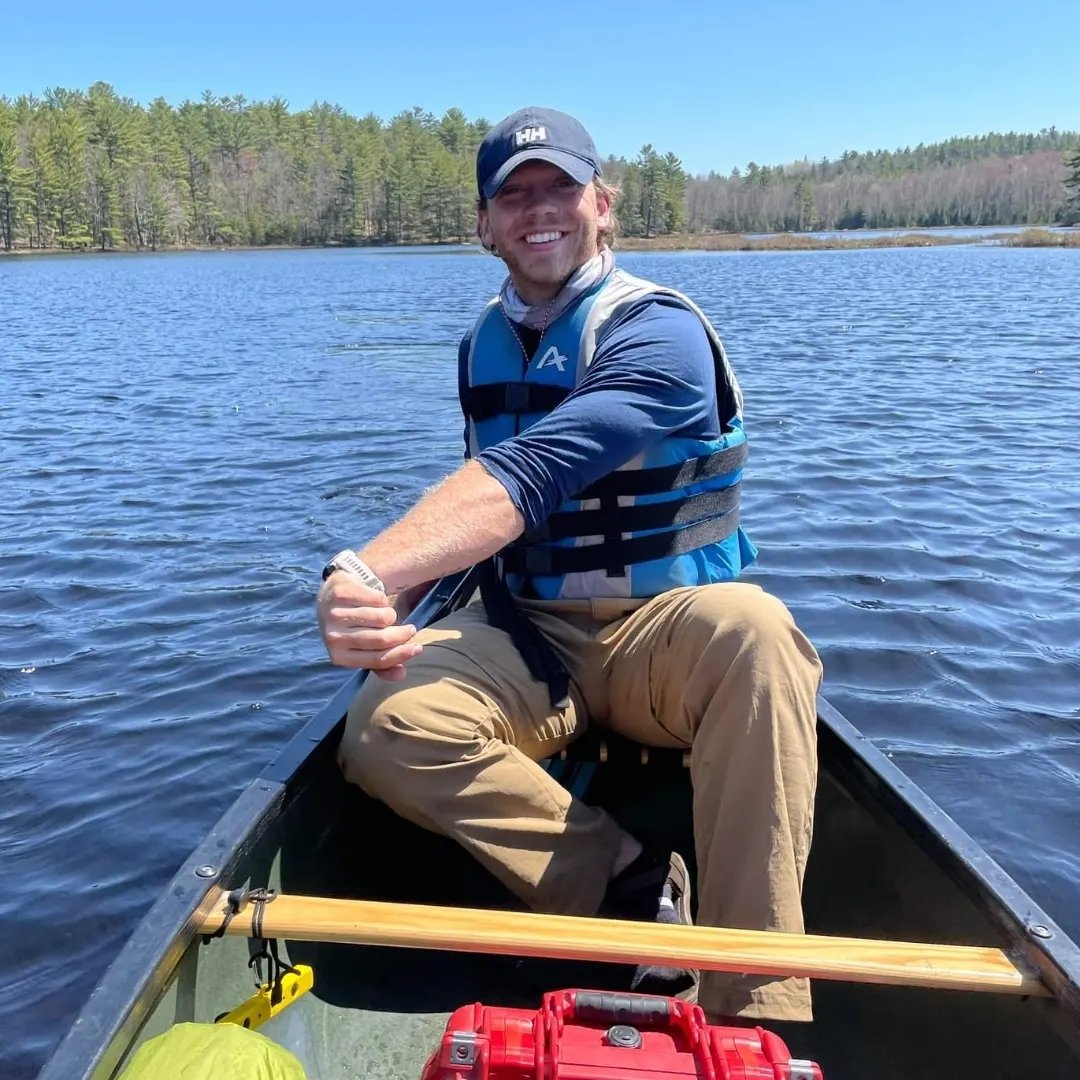
As someone whose academic interests were always eclectically varied, human geography seemed like the
perfect, multidisciplinary field to pursue at university. Truly my experiences in this field of study have been the
right combination of interesting and accessible, and the undergraduate program at Queen’s was excellent for
mixing in a smattering of physical geography coursework to keep the “geo” in “geography”. But, as I entered the
latter stages of my undergraduate degree, I started wrestling with that unavoidable mental dilemma of, “Oh
shucks, what am I going to do now? How will I get a good job after spending these five years and so much of my
limited money?” For me, that answer came in the form of stumbling upon an interest in Geographic Information
Science and the systems that are used to explore it. So, after completing my Bachelor’s, I decided to invest further
in my education and proceeded to complete my graduate certificate in Applied Digital Geography and GIS at
Ryerson (now TMU). It was a good, productive way to spend the lost years of early-Covid disruption and I felt eager
and prepared to launch into my dream career of GIS for sustainable resource management.
Predictably, my career commencement did not unfold as seamlessly as I had envisioned. The pandemic
had reduced industry capacity for co-ops and student experience programs, and so, despite possessing my honours
degree from a well-recognized institution and further applied graduate education, I found that I was not getting
anywhere with many related geospatial interviews. As a young and impatient new-graduate, I dealt with this
setback by broadening my search parameters until I finally broke through and got my first geospatial job in an
entirely unrelated sector; I began working as a survey assistant in construction surveying. For a brief period, I really
enjoyed field data collection and the detail-oriented practices that were built into our operating workflows. I also
remain enamored with the jaw-dropping technology at play in surveying equipment, regardless of whether that
equipment is terrestrial or aerial in nature. That said, I think the disconnect from my education and sector aspirations created some festering disruption in my professional happiness. Changing to a larger, more precision-
oriented legal surveying / LiDAR outfit, did nothing to calm that growing negativity. Those factors, in combination with pre-existing personal health struggles, caused me to leave the surveying field and focus on my own wellbeing.
Now, looking back on my brief time learning about total stations and control networks, I find I have nothing but
positive things to say about the collaborators I crossed along the way. Just because surveying was not the right fit
for me, does not mean it will not be the perfect fit for other spatial thinkers beginning their journeys.

After taking a necessary break to refocus my priorities and work on my health, that “shining light” of
opportunity finally presented itself in the form of a GIS Mapping Technician – GTELP opening with the Ministry of
Forests in British Columbia. At this point, my girlfriend, my puppy, and I were living in Nepean, Ontario, in a sleepy
suburban community far removed from the sun-drenched terrain of the Okanagan region. Despite this, I received
the support I needed from my family to pursue this chance with everything I had. I wrote directly to the hiring
supervisor and made sure that she would remember my name when parsing through the hundreds of applications I was sure would cross her desk. When granted a technical examination, I read through my old school textbooks
focusing on practical theory and geoprocessing questions I suspected might come up. When I advanced to the oral
interview format, I made sure to research the BC Public Service’s preferred answer format and practiced rigorously
with my supportive but firm father. And, when I got the call that I had succeeded in winning that strenuous job
competition, I cried tears of pride and took a deep breath for the first time in what seemed like forever. My dream
career was being offered to me and I knew that I had worked hard to deserve that privilege. All that remained was
the small matter of relocating my entire existence more than four thousand kilometres away to Kelowna, British
Columbia.

I had never had the chance to travel after school. I completed both of my programs during a time of global
upheaval and taking a “decompression” trip never seemed all that important. But now, I had the chance to plan a
trip across the country with my partner and my pup and everything seemed like it was finally falling into place. We
picked up a simple 5’x8’ U-Haul trailer in Ottawa and lugged all our belongings behind a 2011 Toyota Camry LE that
I had inherited it from my late grandmother. Altogether, we passed through five provinces and four dramatically
different ecozones. We hauled our gear through the jagged and beautiful terrain of the Boreal Shield in Ontario.
We glided through the Boreal Plains and Prairies of Manitoba, Saskatchewan, and Alberta. And we sweated
nervously while our trusty Camry trundled up the slopes of the Cordilleran ranges of western Alberta and into
beautiful British Columbia. That drive was the best trip of my life, and it reaffirmed my desire to spend a
worthwhile career supporting the management of our nation’s natural resources.
Now that we are settled and I am beginning my work with the Ministry of Forests, I am happily learning as
much as I can about GIS for sustainable management. My initial insight is that this will be an excellent environment
in which to begin a career. The province’s forests have been ravaged by wildfires of unprecedented extent and
severity, and that has placed a heightened onus on reliable data, change detection mapping, and GIS analysis and
innovation. My team is diverse, supportive, and proficient. I also feel that I am in a good position to assist with our
organization’s upcoming transition from ArcMap to ArcGIS Pro, as that was my software of choice during school
and volunteer activities. In summation, I am beyond excited to get my hands on the accumulated knowledge and
technologies available through this professional beginning.
Truly, I apologize if this article was overly narrative and non-scientific. I have a strong belief that young
professionals can benefit from stories of struggle in this world that publishes so many examples of unimpeded
success. Too often, browsing through LinkedIn can feel like the professional world is a place that highlights
triumphs and muzzles failures. If anyone can empathize with this brief tale about a career that did not get off to
the “correct” start, then it will have been worth writing. I also hope it might shed some light about helpful actions
towards realigning your trajectory if you feel it is veering off course.
Happy mapping, everyone.





Be the first to comment